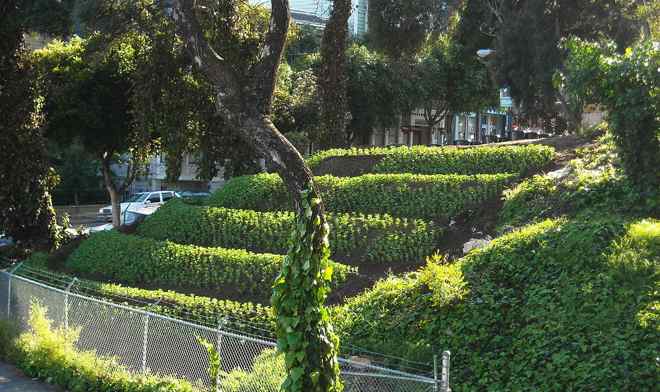The United Nations declared 2014 the International Year of Family Farming (IYFF) to highlight the importance of family and smallholder farmers. Food Tank is partnering with the U.N. Food and Agriculture Organization (FAO) to commemorate IYFF, and will feature weekly posts and other media highlighting the innovations that family farmers are using to alleviate hunger, poverty, and environmental degradation along with the campaigns and policies that support them.
Permaculture Voices recently hosted the first Permaculture Voices Shout webinar on topics and methods in permaculture. Bill Mollison, who coined the term ‘permaculture,’ describes the practice as the “establishment of plant systems for our own use on the least amount of land we can use for our existence.” Small-scale farming is inherent to permaculture, and smallholder and family farmers stand to gain higher, more nutritious, and more sustainable yields from permaculture practices. The webinar’s three presenters – Larry Santoyo, Vice President of The Permaculture Institute; Paul Wheaton, the founder of permies.com; and Ben Falk, landscape designer for Whole Systems Design, LLC – discussed many permaculture methods that small-scale farmers can implement to make their farms more sustainable on small plots of land.
Santoyo described permaculture practices as creating conditions for things to grow naturally: “Ultimately, we come to the fact that we are managing soil.” Permaculture works with the preexisting environment to optimize the size and nutrients in each yield through specific cultivation methods and designs. “You don’t do permaculture, you use permaculture!” Santoyo said. And permaculture, according to Santoyo, is fairly easy to implement. It starts with a simple set of ethics: “Care for the Earth, care for each other, we’ll stop right there and that’s enough.”
One example of a small-scale farm that has taken this ethic to heart in its practices is the family farm of Kristof and Stacia Nordin in Malawi. According to the couple, “[We] live Permaculture. We use it at our home, we use it in our work, and we try to use every opportunity to teach others about the potential that the world has to provide for itself in a sustainable and healthy manner.” One of the biggest obstacles to successful crop cultivation in their community is the practice of over-sweeping soil, which saps the soil of any organic matter, resulting in erosion. The Nordins teach against this practice by operating their own unswept farm to demonstrate to their community the benefits of permaculture methods. They have cultivated more than 200 indigenous fruits and vegetables on their land using permaculture design.
But farmers don’t have to be community-minded in implementing permaculture systems. According to Wheaton, there are plenty of specialized, targeted strategies that individuals and small farms can practice to become more sustainable. Wheaton explained that there are many ways to “practice permaculture without the ‘cult.'” Some of these methods include practices like using solar food dehydrators and switching from Teflon pans to iron skillets, or becoming a part of the Tiny House Movement and practicing hugelkultur.
Small-scale farmers can also adopt practices that are based on the natural cycle of their farm’s landscape. This promotes healthier soil and allows for yields to be chemical-free and nutrient-rich. One practice that adheres to this technique is agroforestry, which cultivates trees and shrubs on the same land as crops. Rotational grazing for small farms with livestock is another permaculture method that follows the landscape’s natural cycle.
Falk explained that the new challenge facing permaculture innovators today was the rate of change in conditions: “Whether you believe in anthropogenic change or not, what we know is the climate is changing.” He stated that new energy sources needed to be developed on a small scale to become more sustainable in light of climate change and ongoing resource squeeze. For smallholder and family farmers, this could mean homesteading or energy recycling to make farms more sustainable and self-sufficient.















